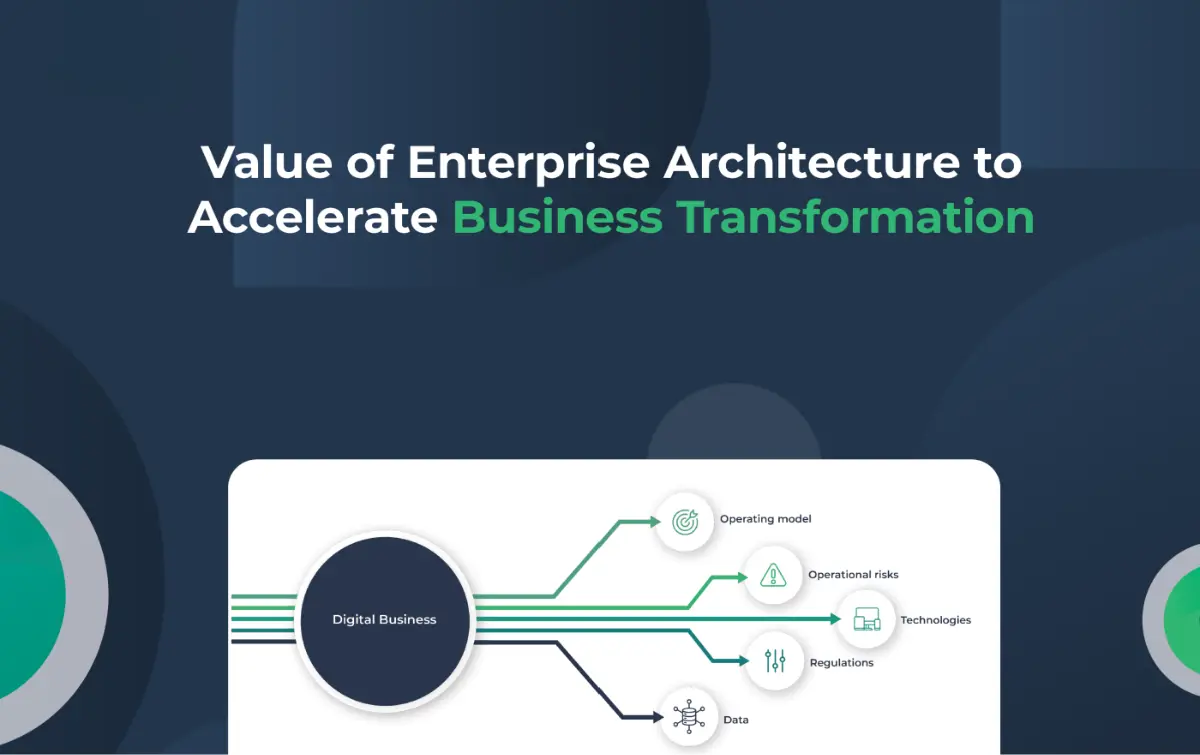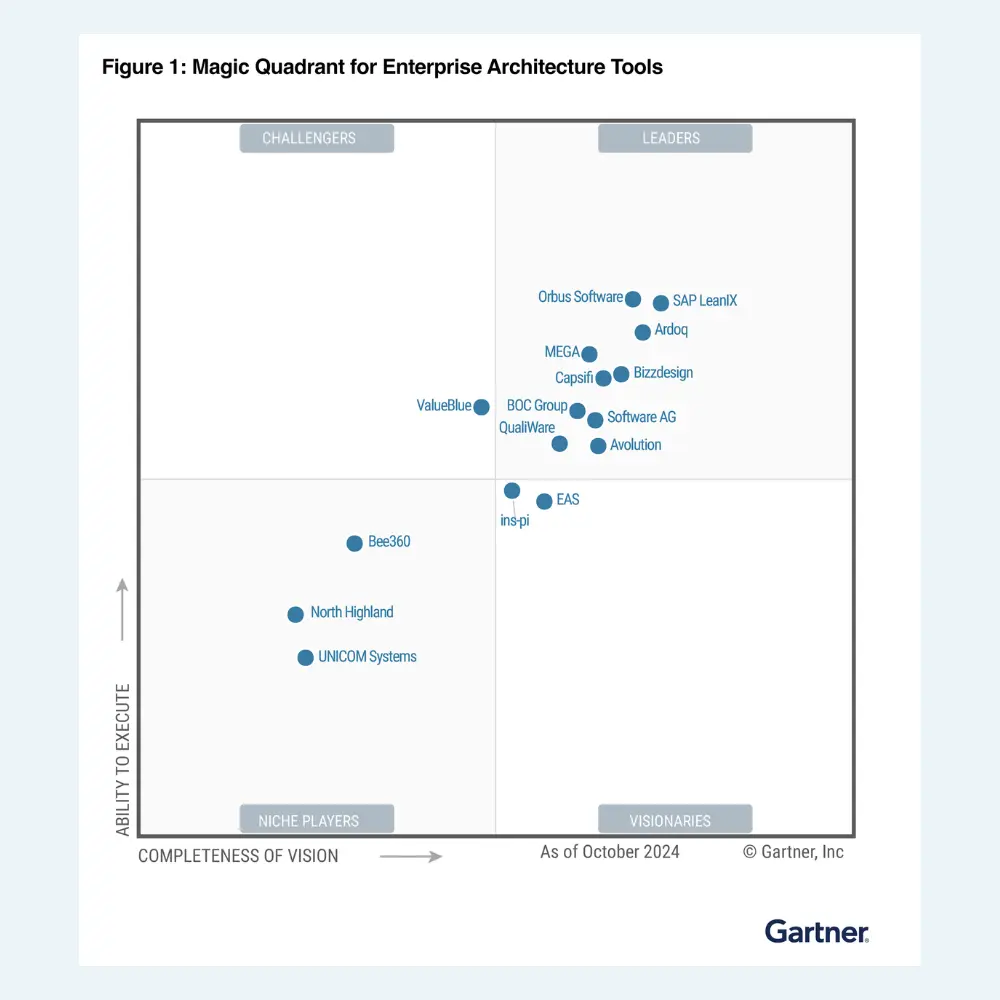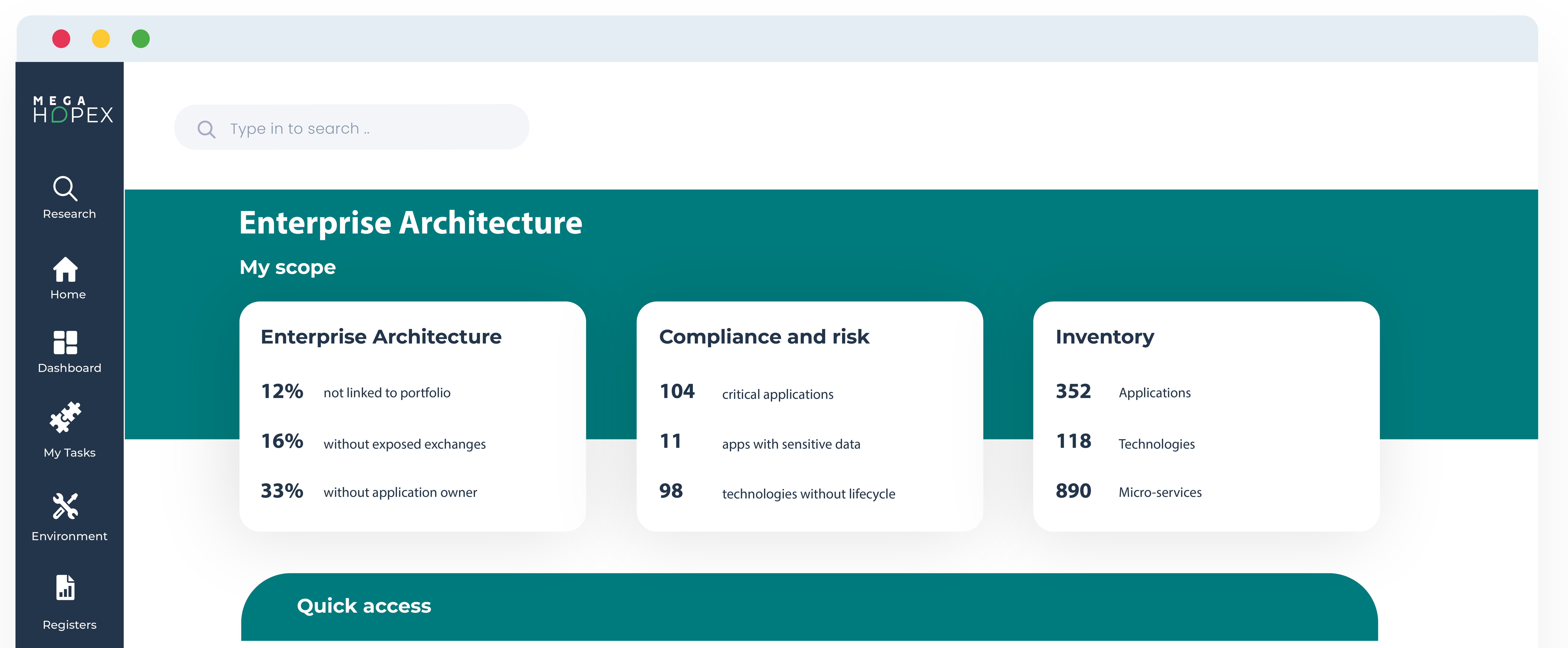
Mastering Technical Architecture Fundamentals
Technology constantly evolves, and businesses must keep up with the latest advancements to stay competitive. This is where technical architecture comes into play. Technical architecture refers to the design and structure of a system or technology that supports the overall business strategy. It involves creating a blueprint of the software, hardware, and infrastructure components that make up a system and how they interact.
Definition of Technical Architecture
Technical architecture provides the overarching framework and guidelines for an organization's entire technology landscape. Within this framework, solution architecture zooms in on specific projects or initiatives, determining the best approach to meet those solutions' requirements.
So, while solution architecture is a part of the broader technical architecture, it's more project-specific and detailed, addressing the intricacies of implementing a particular solution within the guidelines set by the technical architecture.
Importance of Technical Architecture
Technical architecture is crucial for businesses as it provides a roadmap for developing and deploying software applications. It ensures that the various components of the system work together seamlessly, enabling efficient and effective operations. Without a well-defined technical architecture, businesses may face challenges integrating new technology, scaling the system, and accommodating future growth.
Components of Technical Architecture
Technical architecture components are fundamental elements that contribute to the design, implementation, and operation of an IT infrastructure within an organization. These components are the building blocks for developing a robust, scalable, and secure technical environment that aligns with business objectives. Here's an overview of the critical components of technical architecture:
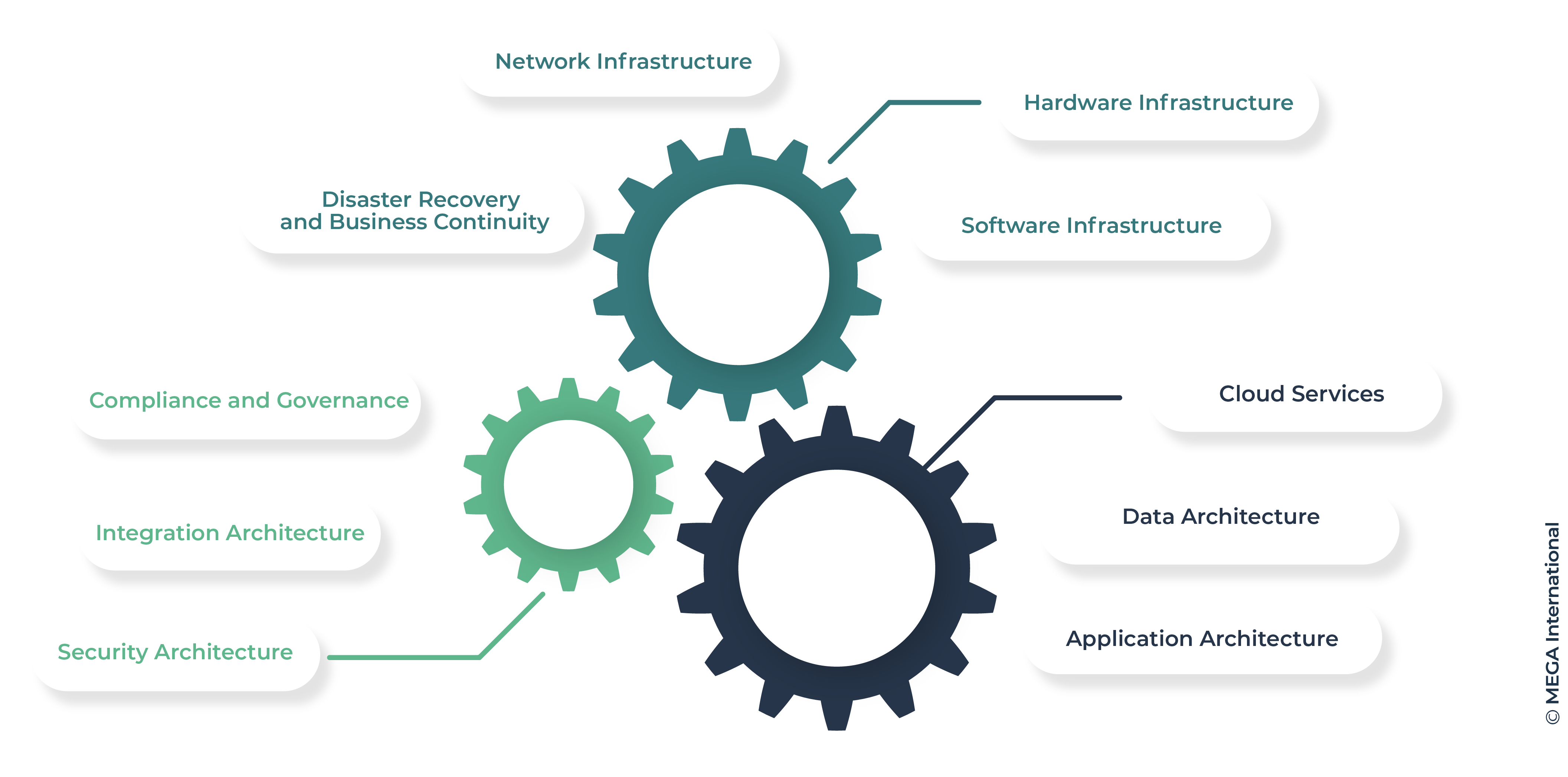
- Hardware Infrastructure
Includes servers, data centers, and networking equipment crucial for running software and applications. - Software Infrastructure
It encompasses operating systems, databases, and middleware that provide the application runtime environment. - Network Infrastructure
Covers the connectivity components like LAN, WAN, and internet services essential for data transmission. - Cloud Services
Refers to scalable computing, storage, and networking resources offered by platforms like AWS, Azure, and GCP. - Data Architecture
Organizes and manages data across the enterprise, ensuring accessibility, consistency, and security. - Application Architecture
Defines the structure and deployment of applications, focusing on maintainability, scalability, and security. - Security Architecture
Includes tools and policies to protect IT assets from threats, ensuring data and application safety. - Integration Architecture
Facilitates communication and data sharing between different systems and applications through APIs and middleware. - Compliance and Governance
Ensures adherence to legal, regulatory, and internal policy requirements governing IT systems. - Disaster Recovery and Business Continuity
Plans for maintaining operations and quick recovery in disasters, including backup and restore systems.
These components form the foundation for developing a secure, scalable, efficient technical infrastructure aligned with business goals.
Difference between enterprise architecture and technical architecture
Enterprise and technical architecture are crucial concepts in the IT field but have distinct differences. Enterprise architecture refers to an entire enterprise's overall structure and organization, including its processes, systems, and technology. It focuses on aligning business goals with IT capabilities and ensuring the organization functions efficiently and effectively. Enterprise architecture takes a holistic approach, considering internal and external factors that impact the organization. It involves analyzing and optimizing business processes, identifying areas for improvement, and developing strategies for achieving the desired outcomes.
| On the other hand, technical architecture is a subset of enterprise architecture that specifically focuses on the design and implementation of technology systems within an organization. It deals with the technical components and technologies needed to support the business processes. Technical architecture includes hardware, software, networks, databases, and other technical infrastructure. It ensures the systems are designed and implemented to meet the organization's requirements and objectives. |
Technical architecture typically involves translating business requirements into technical specifications, selecting and configuring the appropriate technology solutions, and overseeing their implementation and maintenance.
Enterprise and technical architecture are essential in the IT landscape but have distinct roles and focuses. Enterprise architecture looks at the big picture of the entire organization, whereas technical architecture deals explicitly with the technical aspects of implementing the organization's business processes. Both are crucial in ensuring an organization's IT systems align with its business goals and function effectively.
The benefits of having a well-defined Technical Architecture
Having a well-defined technical architecture brings several benefits to businesses. It provides clarity and direction for software development and deployment by outlining the high-level blueprint of the system. This helps development teams understand the architecture and build software applications aligned with the overall technical vision. Here are some key advantages:
- Improved Efficiency and Productivity: A well-defined technical architecture streamlines processes and reduces redundancy. It facilitates a more efficient use of resources, thereby improving overall productivity.
- Enhanced Scalability and Flexibility: A structured architecture allows organizations to scale their operations more effectively. It can accommodate growth and change, making it easier to adapt to new market demands or technological advancements.
- Better Risk Management: A clear architectural framework can better manage and mitigate risks associated with system failures, data breaches, and other IT-related issues. It helps identify potential vulnerabilities and implement appropriate safeguards.
- Increased IT Agility: A well-planned architecture enables quicker response to changes, whether driven by market trends, customer demands, or technological innovations. This agility is crucial in maintaining competitive advantage.
- Enhanced Data Management and Quality: Good technical architecture ensures data is managed effectively and efficiently. It improves data quality, accessibility, and security, which is essential for informed decision-making.
- Cost Savings and Better ROI: A well-defined architecture can lead to significant cost savings by optimizing systems and processes. It also maximizes the return on investment in technology by ensuring that IT resources are utilized effectively.
- Improved Integration and Interoperability: A cohesive architecture facilitates the integration of various systems and applications. This interoperability is critical to seamless operations and enhanced user experiences.
- Supports Strategic Business Goals: A well-aligned technical architecture ensures that IT capabilities directly support business objectives. It bridges the gap between technology and business strategies, driving organizational success.
- Facilitates Innovation: A robust and flexible architecture creates an environment that supports innovation. It allows organizations to experiment with new technologies and approaches, fostering creativity and technological advancement.
- Clear Roadmap for IT Investments: With a defined architecture, organizations have a clear roadmap for future IT investments. This helps make informed decisions about where to allocate resources and plan for future technological needs.
How do you create a Technical Architecture diagram?
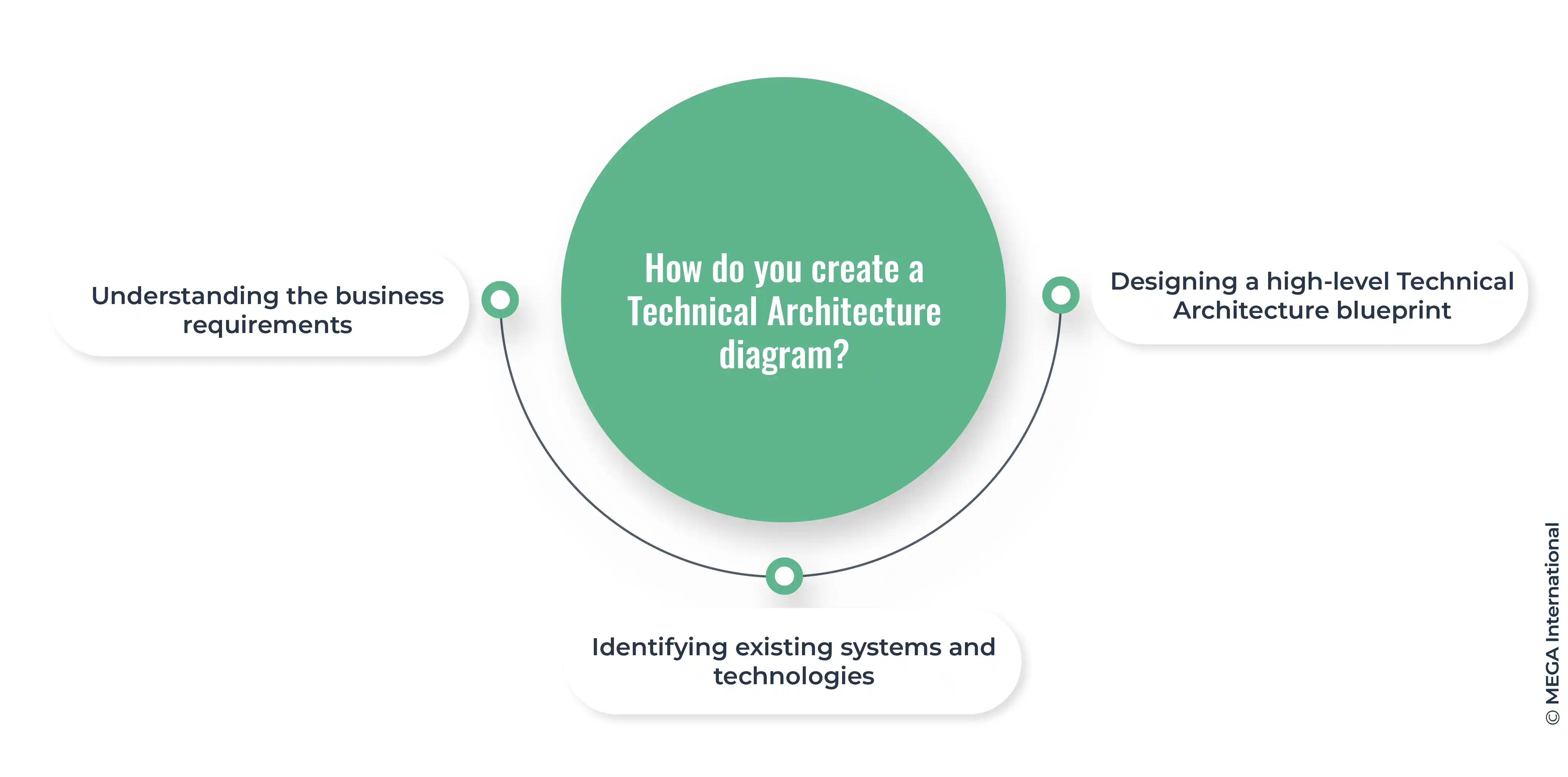
Understanding the business requirements
The first step in creating a technical architecture diagram is understanding the business requirements. This involves identifying the goals, objectives, and challenges the technology solution must address. By clearly understanding the business needs, architects can design a technical architecture that meets these requirements.
Identifying existing systems and technologies
Next, architects need to identify the existing systems and technologies within the organization. This includes understanding the current infrastructure, software applications, and integration points. By evaluating the current state, architects can determine how the new technical architecture will fit into the existing ecosystem.
Designing a high-level Technical Architecture blueprint
Architects can start designing the high-level technical architecture blueprint once the business requirements and existing systems are identified. This involves outlining the various components, their relationships, and their interactions. Architects must consider factors like scalability, security, and performance while designing the blueprint. The resulting architecture diagram provides a visual representation of the technical architecture.
Read about: Technical Architecture Diagrams
What is the role of a Technical Architect?
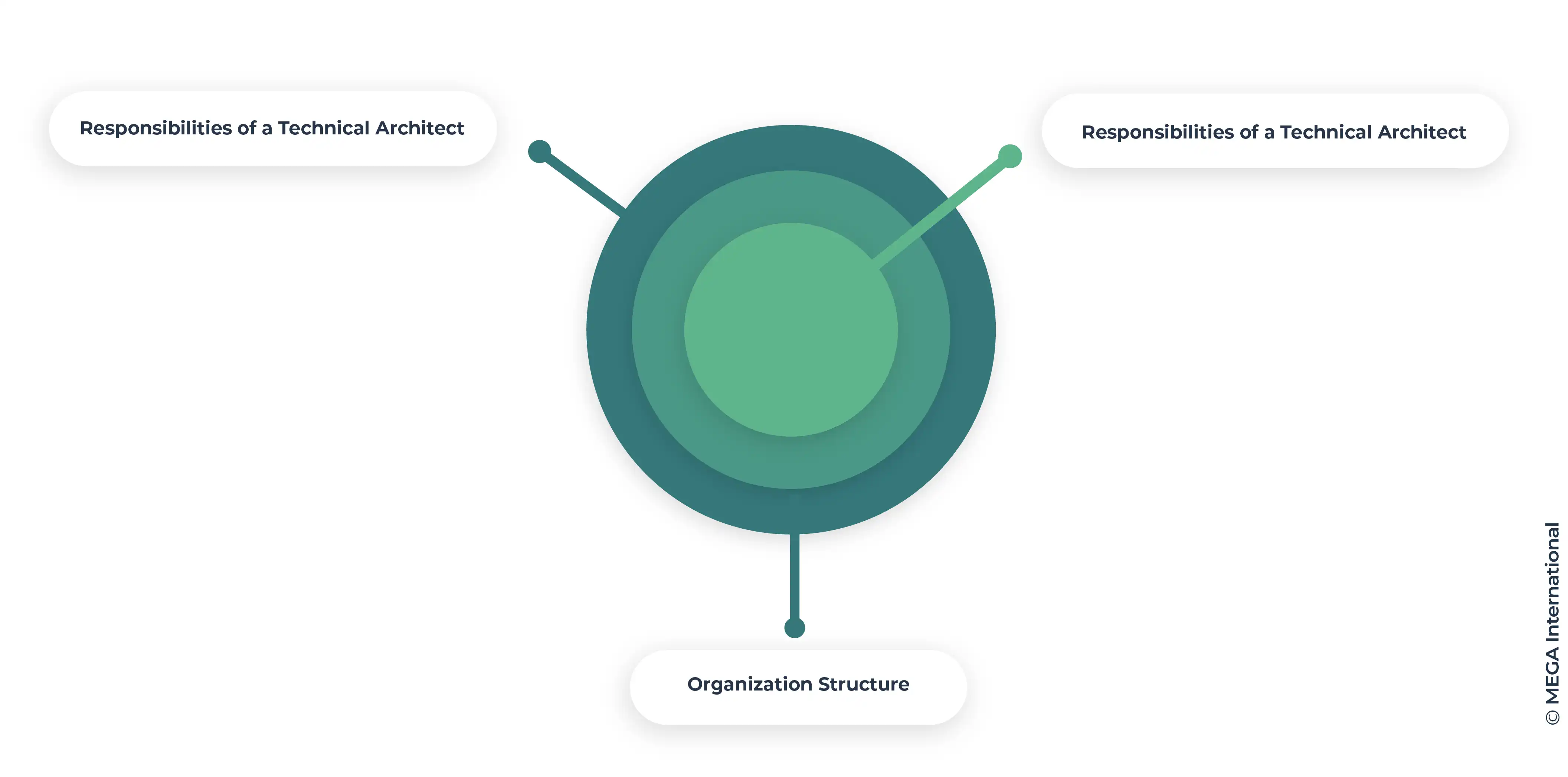
Responsibilities of a Technical Architect
A technical architect is responsible for designing and implementing a system's technical architecture. They work closely with stakeholders to understand the business requirements and translate them into a technical solution. Technical architects are involved in the entire software development lifecycle, from planning to deployment and maintenance. They ensure that the architecture is aligned with industry best practices and meets business needs.
Skills Required for a Technical Architect
One needs technical expertise and interpersonal skills to be a successful technical architect. Technical architects should have a strong understanding of software development principles, architecture design, and emerging technologies. They should also possess excellent communication and collaboration skills to work effectively with stakeholders and development teams.
Collaboration with other stakeholders
Technical architects collaborate with various stakeholders, including business leaders, development teams, and IT professionals. They work closely with these stakeholders to understand their requirements, provide technical guidance, and ensure that the technical architecture aligns with the business goals. Effective collaboration ensures that all perspectives are considered, leading to a robust and comprehensive technical architecture.
How do we align Technical Architecture with business goals?
Aligning technical architecture with business goals ensures that technological investments directly support an organization's strategic objectives. Here are some strategies to achieve this alignment:
Understand Business Objectives
The first step is to clearly understand the business goals, including short-term objectives and long-term visions. Technical architecture should support these objectives, whether improving customer experience, increasing operational efficiency, or driving innovation.
Defining architecture principles
Defining architectural principles is one way to align technical architecture with business goals. These principles serve as guidelines or rules that govern the design and implementation of technical architecture. They help ensure all technical decisions align with the business strategy and objectives.
Involve Stakeholders in Planning
Engage business stakeholders, including leadership and end-users, in the planning process. Their input is crucial in understanding business needs and priorities. This collaboration ensures that the technical architecture is not developed in isolation but is aligned with business strategies.
Establish Clear Communication Channels
Maintain open and ongoing communication between IT and business units. Regular meetings and updates help align goals and address any concerns or requirements changes.
Adopt a Flexible and Scalable Approach
The technical architecture should be flexible enough to adapt to changing business needs. Scalability ensures that the system can grow and evolve with the business, preventing the need for frequent significant overhauls.
Focus on ROI and Value Creation
Design the architecture focusing on return on investment (ROI) and value creation. Consider how each architecture component contributes to the overall business objectives through cost reduction, revenue generation, or improving customer satisfaction.
Leverage Business-Driven Metrics
Use metrics and key performance indicators (KPIs) that reflect business goals. This helps measure the technical architecture's effectiveness in achieving business objectives.
Ensure Compliance and Risk Management
Align the architecture with compliance requirements and risk management strategies. This alignment ensures that the architecture supports business operations without exposing the organization to regulatory or security risks.
Embrace Agile Methodologies
Adopt agile methodologies in both development and implementation. Agile approaches allow for iterative development, ensuring the architecture can quickly adapt to changing business needs.
Invest in Training and Change Management
Ensure that the workforce is trained and ready to adapt to new systems and technologies. Effective change management helps smooth the latest technical architectures into operational use.
Get a complimentary copy: 2024 Gartner® Magic Quadrant™ for Enterprise Architecture Tools
Regularly Review and Update the Architecture
Technology and business environments are dynamic. Regularly reviewing and updating the technical architecture ensures it remains aligned with the evolving business goals and technological advancements.
Current Trends in Technical Architecture
Technical architecture is a dynamic field constantly evolving to keep up with the rapid pace of technological advancements and changing business needs. Current trends are reshaping the technical architecture landscape, paving the way for innovative and efficient solutions. These trends encompass a wide range of areas, including but not limited to:
- Microservices Architecture: Microservices have become increasingly popular, allowing for modular, scalable, and flexible system development. This architecture breaks down applications into more minor, interconnected services, enabling easier maintenance and faster deployment.
- Serverless Computing: Serverless architectures are gaining traction because they eliminate the need for organizations to manage server infrastructure. It allows developers to focus solely on the code as the cloud provider collects the run-time environment.
- Artificial Intelligence and Machine Learning Integration: AI and ML are integrated into various applications and systems for enhanced data analysis, predictive analytics, and automation. This trend is transforming how systems are designed and interact with users.
- Containerization and Kubernetes: The use of containers for deploying applications is rising, with Kubernetes being the leading orchestration platform. Containers standardize the environment in which applications run, leading to increased efficiency in deployment and scalability.
- DevOps and Continuous Integration/Continuous Deployment (CI/CD): Integrating development and operations (DevOps) practices and CI/CD pipelines are becoming more common. This approach enhances collaboration, reduces time to market, and improves software quality.
- Cloud-Native Architecture: A significant trend is embracing cloud-native design principles, such as scalability, resilience, and agility. This involves leveraging cloud-specific capabilities and services to build and run scalable applications in modern, dynamic environments.
- Edge Computing: With the increase in IoT devices, edge computing is becoming critical. It involves processing data closer to where it is generated, reducing latency, and improving response times.
- Sustainability in Architecture: There's a growing focus on designing energy-efficient and sustainable systems that minimize environmental impact.
- Cybersecurity Focus: As threats become more sophisticated, incorporating robust security measures into technical architectures is paramount.
Several trends are shaping the future of technical architecture, pushing the boundaries of what is possible and emphasizing efficiency, security, and sustainability. These trends are dynamic and ever-evolving, driving innovation and transforming how we design and construct our built environment.
Summary
Technical architecture is a pivotal element in today's business landscape, acting as the foundation for aligning technology with business goals. Its significance is profound, directly influencing an organization's operational efficiency, adaptability, and competitive standing.
At its core, a well-crafted technical architecture streamlines operations, bolsters data management, and optimizes IT resource utilization. It swiftly empowers businesses to adapt to market shifts and technological changes, catalyzing innovation and growth. This strategic alignment with business objectives is crucial, transforming technology investments into valuable assets that drive return on investment and foster sustainable success.
Organizations must update their technical architecture as the technological realm continuously evolves, regularly ensuring relevance and efficacy. This dynamic approach maintains operational excellence and positions businesses at the forefront of digital innovation.
In essence, technical architecture is more than an IT blueprint; it's a strategic catalyst that propels businesses toward efficiency, innovation, and enduring success in the digital era.
FAQs
Technical architecture refers to the design and documentation of a computer system or application. It encompasses technology architecture, application architecture, and solution architecture.
Architecture is essential as it ensures the system meets the business objectives and functional requirements. It also defines how the system needs to be deployed and provides scalability and performance.
The key components of technical architecture include data architecture, deployment architecture, and solution architecture. These elements are crucial for the design and operation of a system.
Technical architecture aligns with business objectives by defining the technology and system requirements to meet the business goals. It ensures that the system supports the organization's needs and objectives.
A solution architect is responsible for designing and overseeing the technical architecture of a specific system. They work to ensure that the architecture meets the business and functional requirements.
The architecture ensures system scalability by designing the system to handle a growing number of users and an increasing workload. It involves planning for future growth and expansion.
Microservices architecture breaks down applications into small, independent services that can be developed and deployed separately. It offers flexibility and scalability for complex systems.
The technical architecture supports the enterprise architect by providing the technology and system design that aligns with the overall business and IT strategy. It enables the enterprise architect to drive the organization forward.
An effective technical architecture is characterized by straightforward design and documentation, alignment with business objectives, and the ability to scale and adapt to changing needs. It also supports the functionality and performance of the system.
The value of Enterprise Architecture to accelerate business transformation
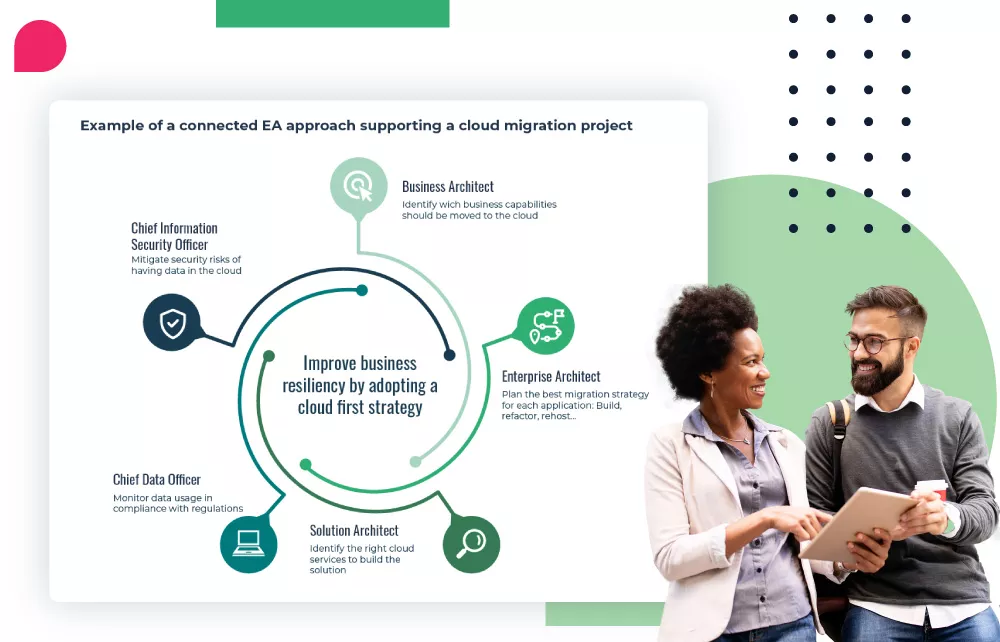
Access this white paper to learn:
- The evolution of the enterprise architecture practice
- How to Deliver Value through a Connected Enterprise Architecture Practice
- Strategies for Adopting a Business-Outcome-Driven Approach
- How to Use Data-Driven Tools to Enhance Your Enterprise Architecture Connectivity
Enterprise Architecture Related Content
Shift from a documentation tool to an operational tool and accelerate business transformation
MEGA HOPEX for Enterprise Architecture
Request a demonstration of HOPEX for EA, and see how you can have immediate value of your projects.












